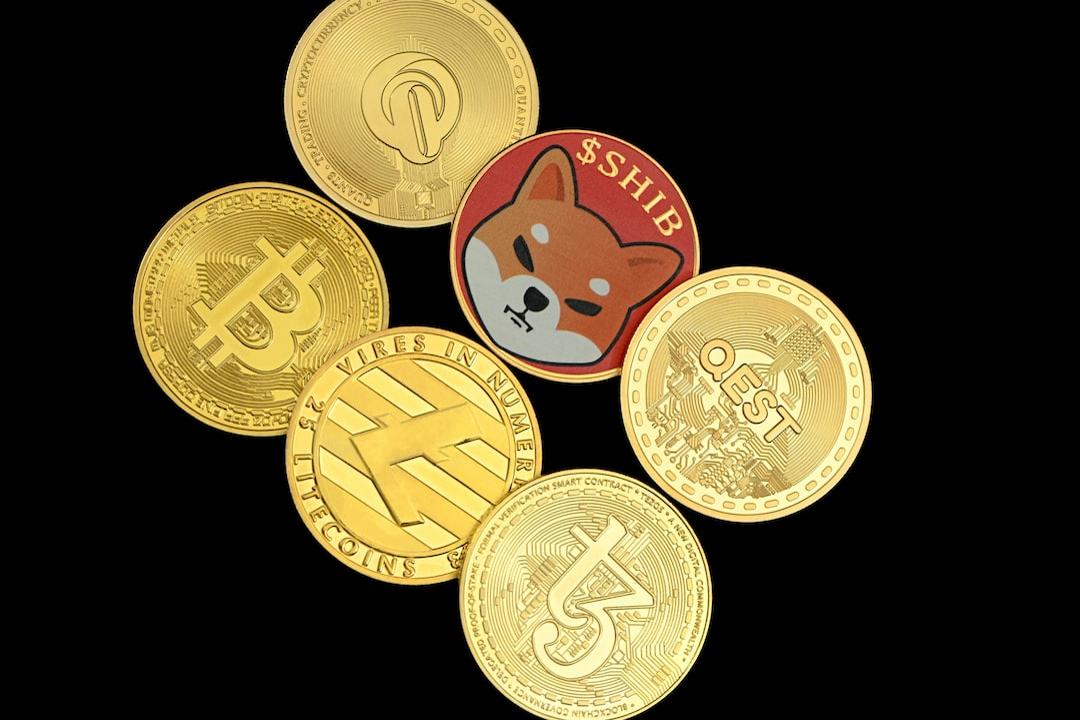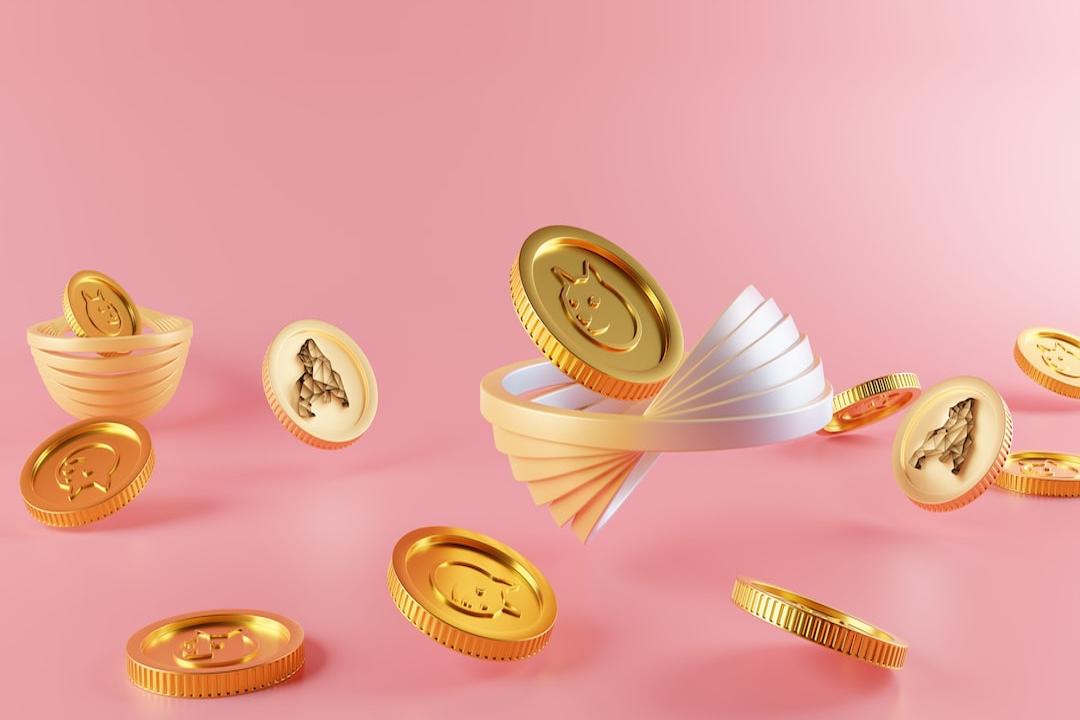The Economist Releases New Video This Week
This week, The Economist released a new video in which experts point out that the recent turmoil in financial markets is not merely a sell-off in the stock market. A deeper warning is that investors seem to be generally withdrawing from U.S. assets; if this trend continues to worsen, it could pose a serious threat to the dollar’s status as the world’s reserve currency.
(Background: The Unexploded Bomb This Summer: Does Trump Have the Authority to “Fire Powell” and Control the Fed’s Rate Cuts After May?)
(Context: Powell Crushes Rate Cut Hopes + Nvidia Chip Regulation, Bitcoin Falls Back to 84,000, U.S. Stocks Face Severe Sell-off)
Concerns Arising from Trump’s Tariff Policies
Recently, President Trump’s tariff policies have led to declines in global risk markets, including U.S. stocks, rising bond yields, and a falling dollar. The simultaneous occurrence of these three events is a dangerous signal for economists: Is Trump causing permanent damage to the U.S. economy?
Threat to the Dollar’s Global Reserve Currency Status
In this week’s latest interview, The Economist editor Henry Curr expressed his concerns that the foundation of the dollar as a global reserve currency is being eroded, raising fears of systemic risks. Below are key points summarized for you:
Why Is the Financial Market’s Reaction to Trump’s Tariffs Worrisome?
Henry pointed out that the recent turmoil in financial markets is not merely a sell-off in the stock market. A deeper warning is that investors seem to be generally withdrawing from U.S. assets; if this trend continues to worsen, it could pose a serious threat to the dollar’s status as the world’s reserve currency.
It is important to understand that the current stability of the global financial system, and indeed the functioning of the global economy, largely relies on the dollar’s unique status. Since President Trump announced the so-called “reciprocal tariffs” in early April, global stock markets have experienced significant declines, which is already well known. However, an even more concerning signal is the simultaneous sell-off of U.S. Treasuries and the dollar.
Typically, when U.S. Treasury yields rise, the dollar also appreciates due to higher returns from holding dollars used to purchase Treasuries. But the current situation is that Treasury yields are skyrocketing while the dollar is depreciating. This abnormal phenomenon indicates a widespread sell-off of U.S. assets and a loss of confidence in the market, signaling a “flight” response.
This dynamic is more commonly observed in emerging markets or during the disastrous “mini-budget” period under former UK Prime Minister Liz Truss, which triggered a market collapse. This strongly suggests that investors may have started to demand a “risk premium” for U.S. assets. Foreign investors, mainly from the private sector, hold up to $8.5 trillion in U.S. Treasuries; if these investors begin to sell off, it will further raise U.S. borrowing costs.
Fiscal Deficit as a Catalyst
In addition to the turmoil from the trade war, another factor exacerbating market concerns is that the U.S. Congress is preparing to further relax fiscal policies. Congress not only intends to extend Trump’s tax cuts but may even enhance them.
According to the Committee for a Responsible Federal Budget, the budget framework it passed is highly aggressive in terms of fiscal looseness, potentially exceeding the combined total of Trump’s tax cuts, COVID-19 stimulus measures, and Biden’s stimulus plans. Currently, the U.S. fiscal deficit has reached 7% of GDP, an unusually high figure during a period of economic strength, typically only seen in times of economic crises.
Such large-scale fiscal expansion is enough to raise significant alarm among bond markets and dollar investors.
Internal Confusion in Trump’s Administration
Strangely, despite the frequent market warnings, the Trump administration appears not to be fully alarmed, with some senior officials even expressing skepticism about the dollar’s status as a reserve currency. The White House Council of Economic Advisers has publicly stated that a strong dollar acts like a tax on manufacturing workers, as it makes U.S. exports more expensive.
Senator J.D. Vance has also expressed similar views. Within the “Make America Great Again” (MAGA) circle, there is indeed a sentiment that the status of reserve currency imposes significant costs on the U.S. The government’s senior officials publicly questioning decades of U.S. policy that has consistently “welcomed a strong dollar and viewed the U.S. as a safe haven for international investors” undoubtedly shakes market confidence.
Nightmare Scenario: Uncontrolled Chain Reactions
If the current preliminary signs continue to worsen, the most direct consequence will be a continued rise in U.S. Treasury yields. Given that the U.S. bears a massive national debt (approximately 100% of GDP), every 1% increase in yields will eventually force the government to raise taxes or cut spending by an amount equivalent to 1% of GDP to cover additional interest costs. This will create a vicious cycle, compelling Congress to take emergency measures to stabilize the market, with a scale and urgency that may rival that of the global financial crisis.
However, the question is whether the current highly polarized U.S. political system can rapidly achieve consensus to implement the necessary but painful fiscal tightening (such as cutting social welfare). If the president vetoes relevant bills, will Congress be able to override the veto with a two-thirds majority?
The U.S. has accumulated high levels of debt using its reserve currency status, maintaining a staggering deficit even during periods of economic strength, meaning that once a crisis erupts, the required policy adjustments will be immense, posing a severe test to the political system.
The Complex Role of the Federal Reserve
Meanwhile, the role of the U.S. Federal Reserve (Fed) has also become complex. While the Fed will almost certainly want to intervene to stabilize the bond market, the current environment differs from that during the global financial crisis. At that time, inflation was not a major threat, but now, partly due to tariff impacts, U.S. inflation is heating up, and consumer inflation expectations are sharply rising.
Additionally, the Fed faces pressure from the Trump administration to cut rates, and appointments to the Fed will also expire next year. More troubling is that a court case that could weaken the protections for Fed board members from being dismissed is currently under consideration. These factors could undermine the Fed’s ability to independently respond to the crisis, compelling it to stabilize the market while also avoiding the impression of “bailing out Congress’s fiscal deficit.”
Who Will Dominate After the Dollar?
If the dollar truly loses its status as the reserve currency, who could take its place? Henry believes that for decades, people have loved to discuss whether the renminbi could replace the dollar. However, considering the current state of the Chinese economy, capital controls, lack of independent rule of law, and the impact of trade wars, the renminbi is unlikely to gain sufficient trust from global investors in the short term, nor does it possess the legal and market infrastructure required to become a reserve currency.
The reality is that there are many alternative options to the dollar, but none can fully match the safety, liquidity, and scale of the U.S. economy. The euro is backed by a large economy but lacks a unified and deep capital market and common issuance assets like U.S. Treasuries. Nordic currencies are stable, but their economic size is too small. Japan has heavy debt burdens. Switzerland is similarly limited in size. Additionally, traditional safe-haven assets like gold or even cryptocurrencies could play a certain role.
A World Without a Clear Dominant Reserve Currency
However, a world without a clear dominant reserve currency would be a more unstable world. Part of the safety of a reserve currency comes from the “everyone believes it is safe” network effect. Once this consensus collapses, markets will become more fragmented, and destructive capital flows and bank runs from one currency to another may become more common. This would be a significant loss for the global financial system built on the belief that the dollar and U.S. Treasuries are “rock-solid.” We may face a transitional financial crisis, ultimately entering a world with more diversified asset options but reduced overall safety and stability.
Although the crisis has not fully erupted, the U.S. government still has the opportunity to stabilize the situation through policy adjustments (such as retracting tariffs or making fiscal corrections). The dollar’s position remains strong in the short term. However, the recent turmoil and official rhetoric have undoubtedly sown seeds of doubt. Even if the situation stabilizes in the short term, investors may already be aware that similar turmoil could occur again at any time. A slight risk premium for the dollar and U.S. Treasuries may become the norm, and once cracks in trust arise, they may be difficult to fully mend.



